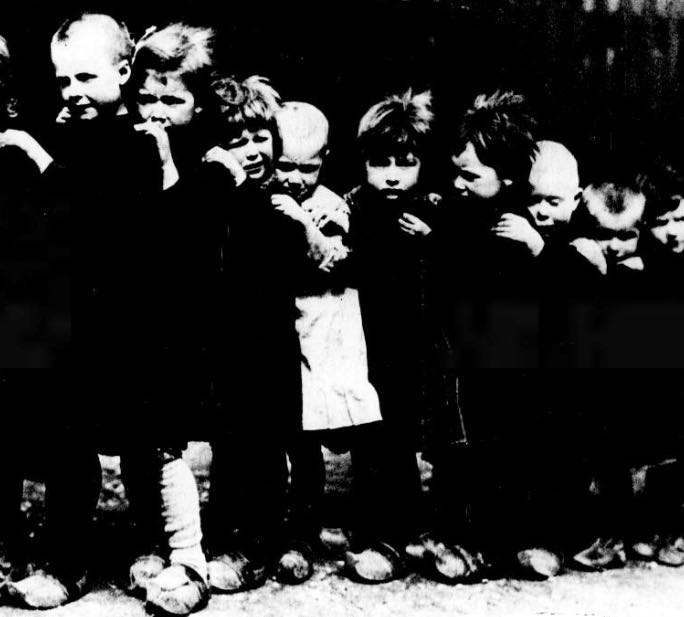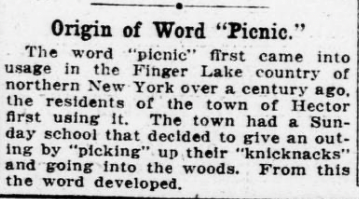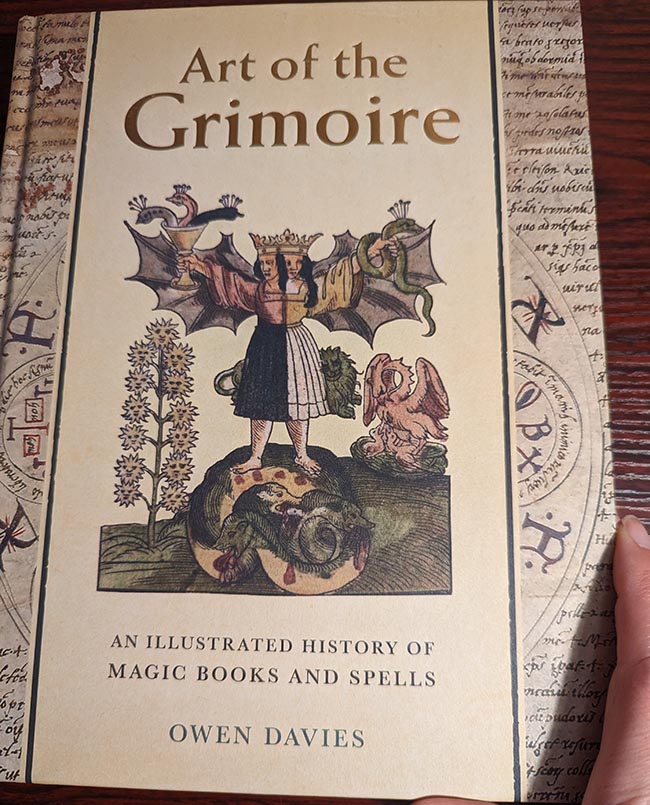
Would you dump your child into an orphanage? During the 1800s and early 1900s, it was not uncommon for poor parents to leave a child in the care of an orphanage. Sometimes, these orphanages would demand that the parent(s) relinquish all rights to the child and other times the parent(s) would give up only partial rights while paying a monthly stipend for the upkeep of the child. On the surface, it seems reasonable – a child will receive the care it needs while the parent(s) gains financial footing. [Source: Second Home: Orphan Asylums and Poor Families in America by Timothy A. Hacsi]

For the Love of Money
There was a dark side to this business, however. These houses opened up, not to give the best care to children in need but to collect money. Take, for instance, the Chicago Orphan Asylum (full name: Chicago Nursery and Half-Orphan Asylum). This business, and that is what it was, received multiple donations throughout its existence for the care of children. The money it received when straight into investments to make even more money while clean, healthy care for children turned out to be last thing on the business’ list.
In an article in The Day Book (August 23, 1915), figures are given as to the asylum’s investments as well as the obviously unsanitary conditions of the asylum. The honesty of the asylum was also in question.
CONCERNING A BABY AND THE CHICAGO ORPHAN ASYLUM
The Chicago Orphan Asylum has $445,000 invested in farm mortgages and bonds. The interest on this huge fund supports children who live in that institution, located at 51st st. and South Park av. The total value of its real estate is unknown, but the taxes on it amounts to $4,300 yearly.
Last year it collected $61,000. Its disbursement fell $500 short of this figure. Under the head of disbursements, however, is listed $15,000 worth of bonds which are now reposing in the safety deposit vaults of that institution.
A year ago Everett Van Wanroy’s wife died and left him with three small children, the oldest six. Van Wanroy has no relations and he was obliged to “board out” the two oldest children. Then a neighbor who had been taking care of his two-year-old baby died. After visiting many institutions he finally decided to place the child in the Chicago Orphan Asylum. He put in his application and a week later was called before the board of managers. He told them the life history of his family and gave references. The board decided that he must pay $6 a month for the care of his child.
Van Wanroy never missed a payment. Each Sunday he would visit his baby and take her for a walk in Washington park. Two weeks ago he was met by a nurse who told him his baby had eczema and was in the Children’s Memorial hospital, which is at Fullerton parkway and Orchard st., on the North Side. He was unable to find out why they had failed to notify him of the child’s illness.
A few days ago the child was discharged from the hospital cured. Van Wanroy called up Mrs. C. H. Stocking, matron of the asylum, and asked if he could bring his baby back to the home.
“We have scarlet fever and diphtheria here now and are under quarantine,” he was told by Mrs. Stocking.
“Can I bring the baby back when the quarantine is lifted?” he asked.
“No, that child cannot enter this institution again,” was the reply snapped back.
The health department denies knowledge of any quarantine established at the asylum.
When Van Wanroy went to the asylum for his baby’s clothes he was met at the door by an attendant, who handed him the little girl’s things rolled up in an unwrapped bundle. Now he is trying to find another place where Rosie can stay and where she cannot contract eczema. [Source]
Cost Per Child
In the above article, we have basic knowledge of some, but not all of the asylum’s investments. It is also clear that the facility has problems with diseases that require proper cleaning and ventilation to combat and avoid. There is also the issue of the shady behavior by those who run the asylum.
In The Day Book, September 22, 1913, we are told that it costs the asylum $140 a year to keep a child. Considering all of their investments and the interest from those investments (which would be a decent amount of money even in 2016), these orphans and half orphans should have been living a life of luxury for the times. [Source]
Baby Selling
Babies are great money makers, even today. Adopting a child through a religious agency or any other agency costs a small fortune that is pocketed by those that run the adoption businesses. In this article from The Hartford Republican, May 02, 1913, brings up baby selling, or “baby juggling”.
BABIES SEIZED FOR MOTHERS’ BOARD
Terrible Conditions Found to Exist in Chicago Foundling Homes.
Chicago, April 22.—Further evidence of “baby juggling” in lying-in hospitals was dragged from reluctant witnesses yesterday by the legislative committee on home finding and maternity hospitals.
A witness admitted that babies were taken from their mothers in payment for board. Another finally stated that prospective mothers performed household work at his residence, when he was accused of having solved the servant problem in this manner. A third superintendent of a “baby farm” said infants were sent to all parts of the country when a few hours old and without any material investigation of the character of the foster parents.
Secretary Morris, of the Chicago Orphan Asylum, said the contract signed by mothers entrusting children to the institution contains this clause:
“If I fail to pay board for any six consecutive months, that shall be a full surrender to the asylum.”
“The rule is never enforced,” Morris explained.
Dr. L. B. Rogers, superintendent of national “institutions,” could not say what had become of the more that 600 infants he has “farmed out.” He said he appointed a woman solicitor and that she received 25 per cent commission. He asserted he advertised in journals at Albany, N.Y., in Indiana and at Louisville, Ky. [Source]
In other words, 600 babies were stolen from mothers who, while supposedly working for board, were not given any money for their work and had their babies taken from them to be sold. The woman who was hired to sell the babies received a comfy 25 percent commission from each sale.
“Free” Babies in Chicago
While the trial was going on in regards to baby selling in Chicago, the asylums did a quick turn around and claimed that there were oodles of free babies available for adoption (as opposed to giving the babies back to the mothers they stole them from). The article, found in The San Francisco Call states:
BABIES FREE IN CHICAGO
That Is Answer to Social Workers Charge of Traffic in Infants
Chicago, April 11.—Babies can be had for nothing in Chicago. Orphan asylums and hospitals have infants without number for adoption. This is Chicago’s answer to statements of Mrs. Charlotte Smith, a social worker of Boston, who says there is an active traffic in babies carried on in that city at prices ranging from $2 up. [Source]
Not Completely Evil
While there were many things wrong with the children asylums in Chicago during the 1800s and early 1900s, they did fulfill a need during those times. They helped get young children off the streets. They provided a service to parents who needed to get back on their feet and as long as those parents paid that monthly fee, their children would not be permanently taken away from them. The children were fed and clothed from kindly donations and funds given by the wealthy.


